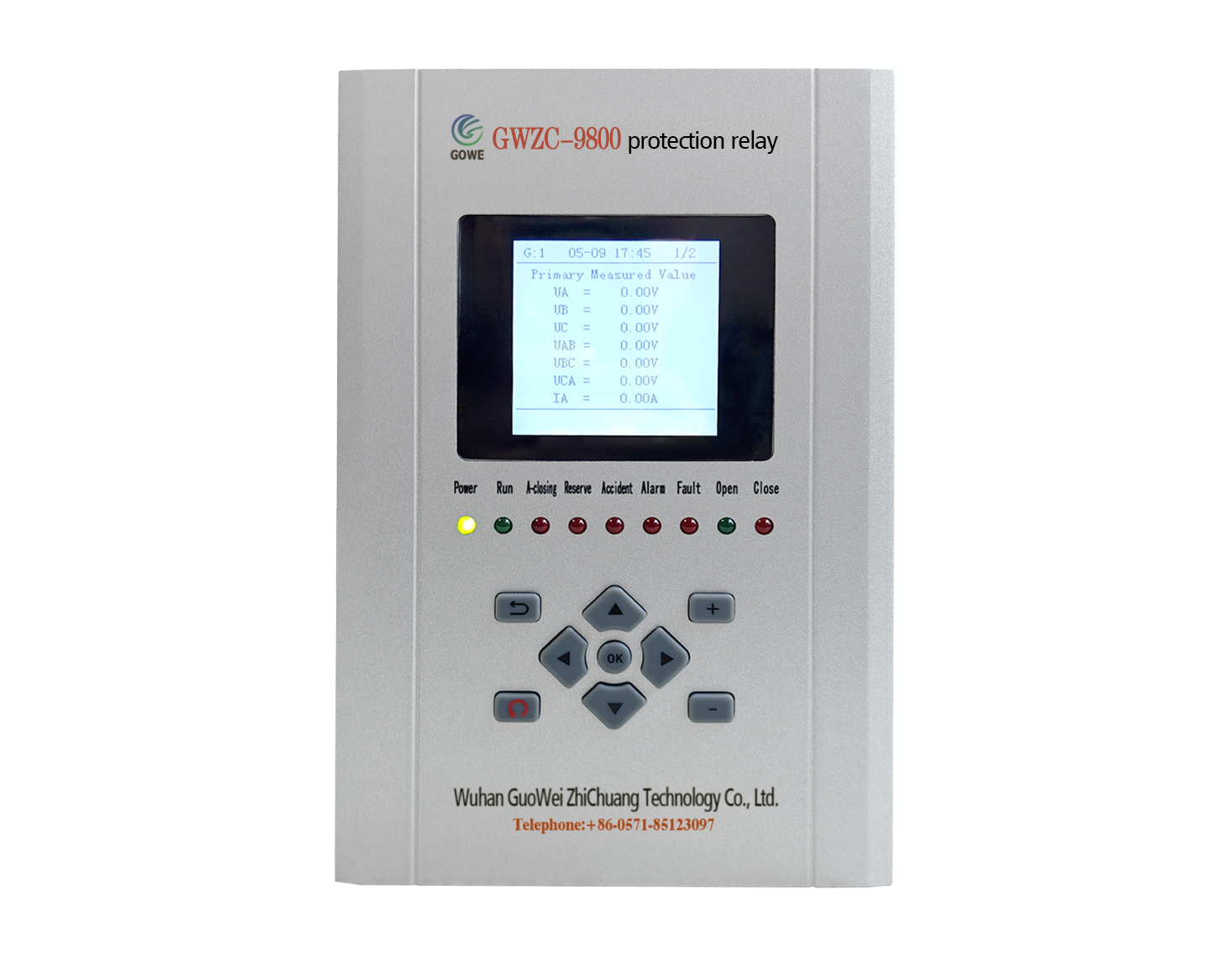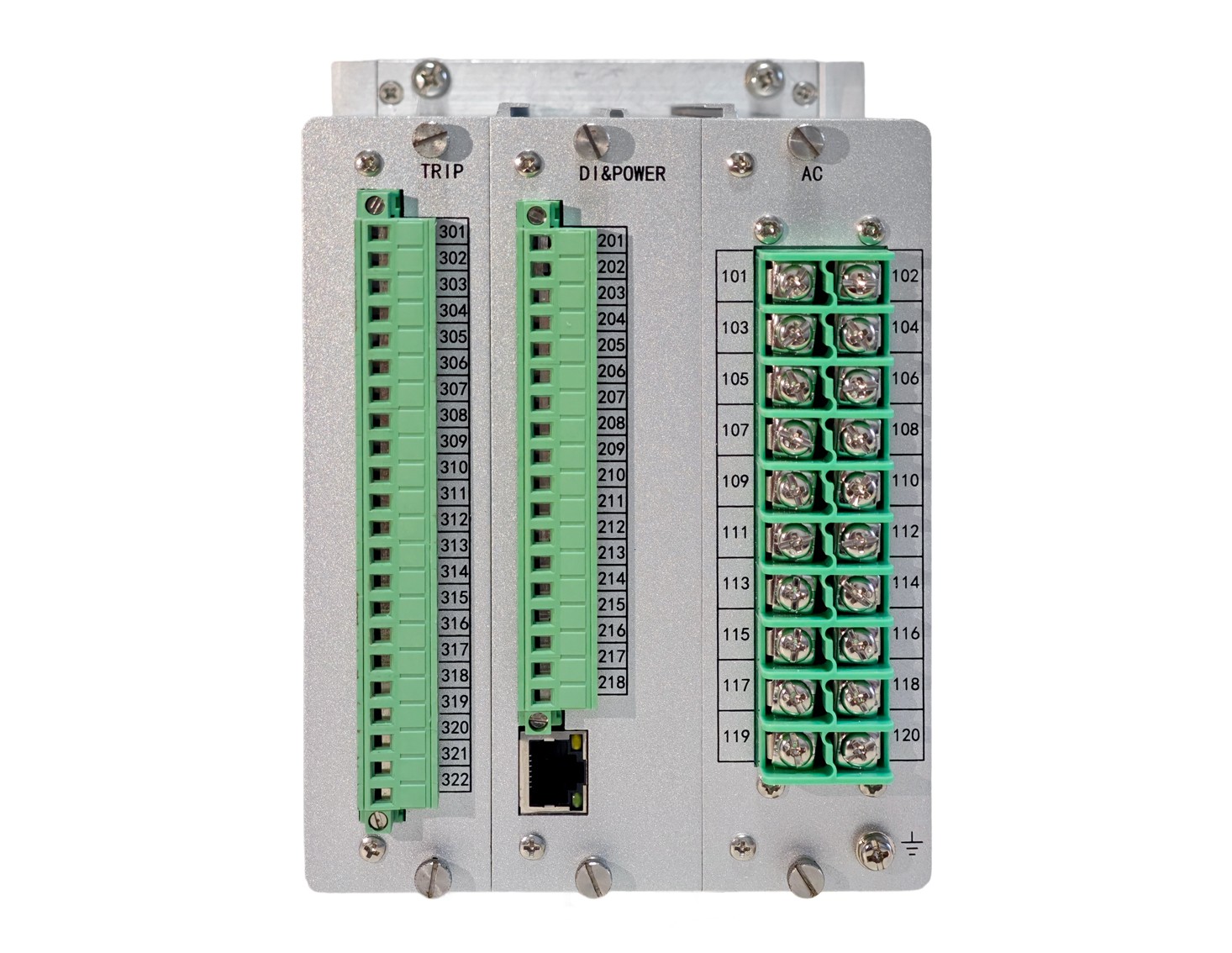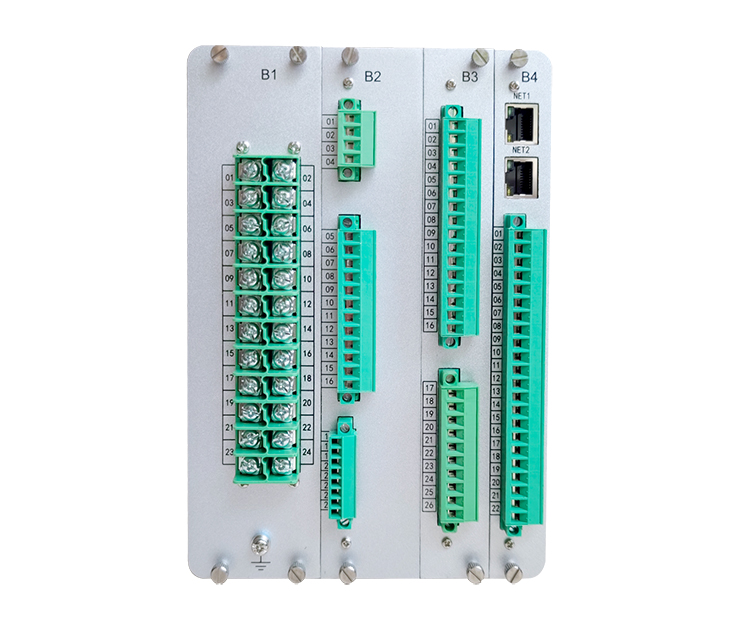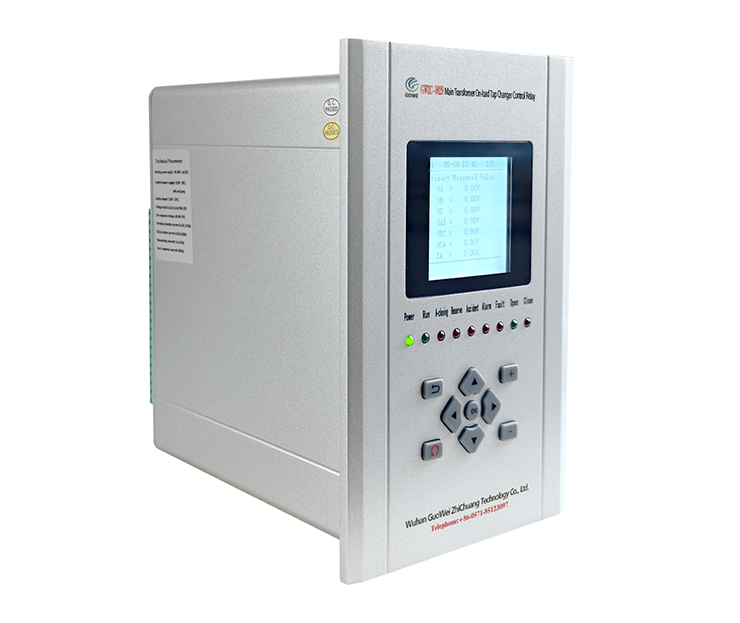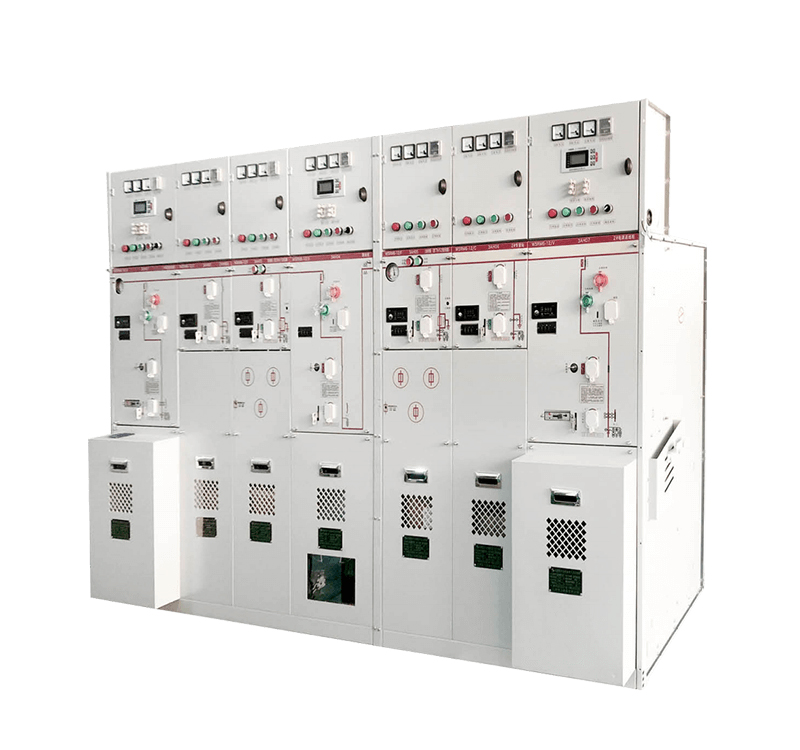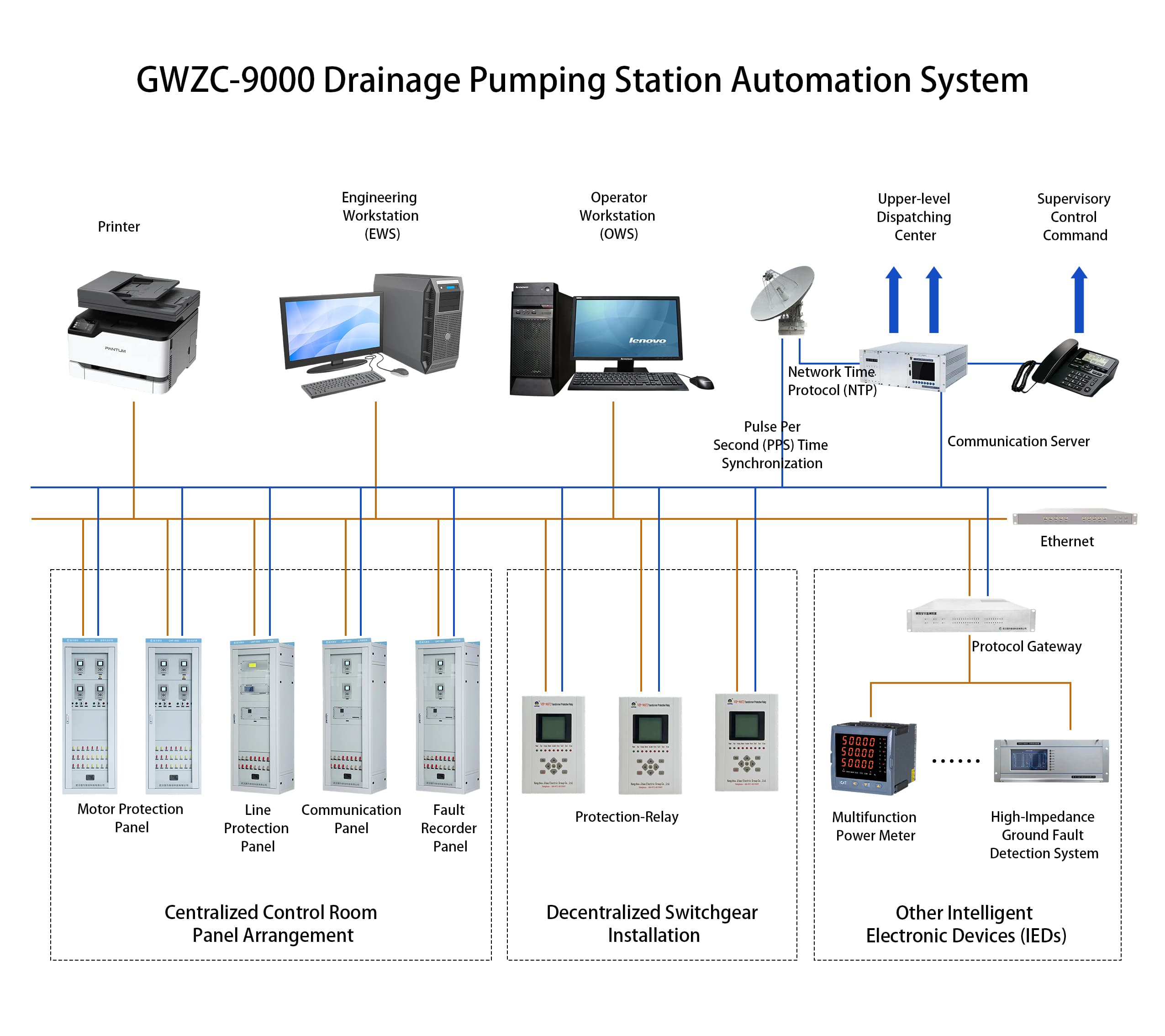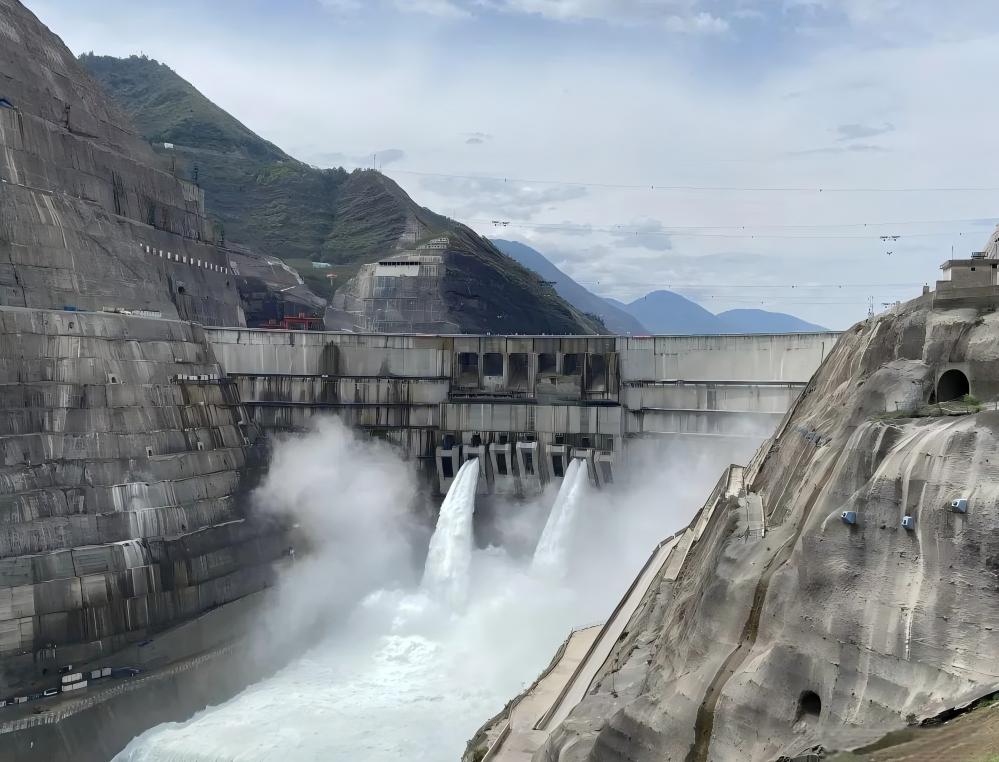Difference Between Overcurrent Protection and Overload Protection
Overcurrent protection and overload protection are critical mechanisms in electrical systems, yet they serve distinct purposes. Overcurrent protection focuses on safeguarding against sudden, high-magnitude currents (e.g., short circuits), while overload protection addresses prolonged, slightly elevated currents (e.g., excessive loads). This guide details their core objectives, trigger conditions, action timelines, applications, and typical devices, helping clarify their roles in maintaining electrical safety.
2025/08/26

